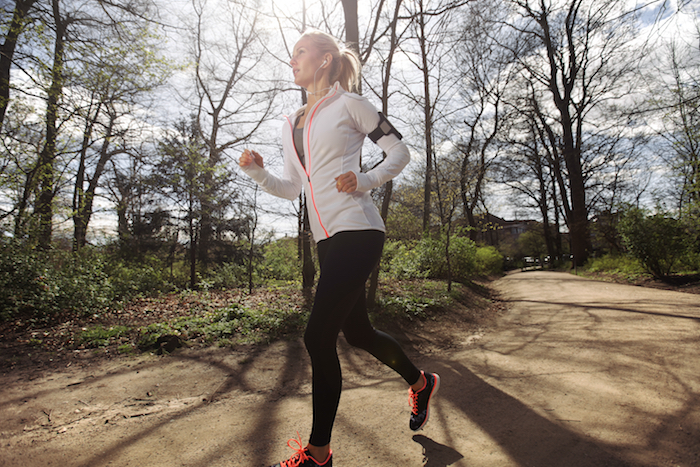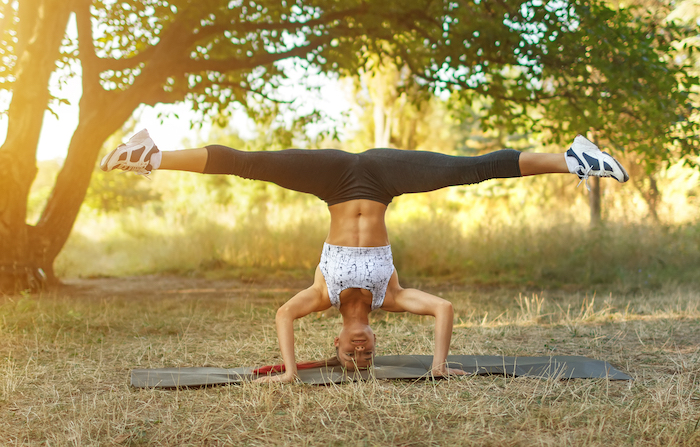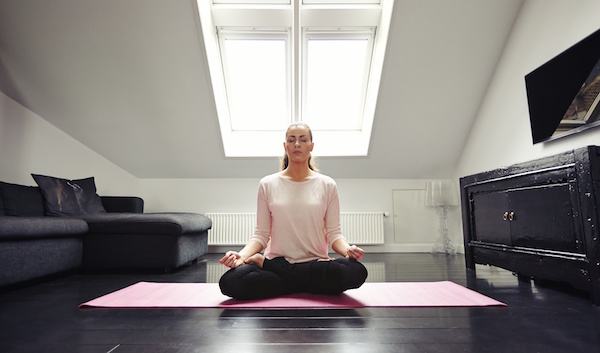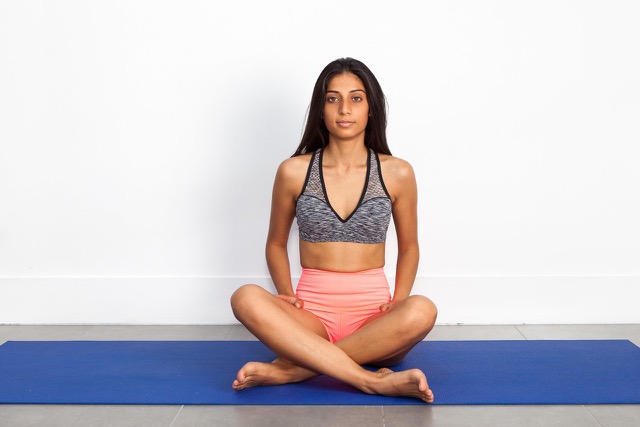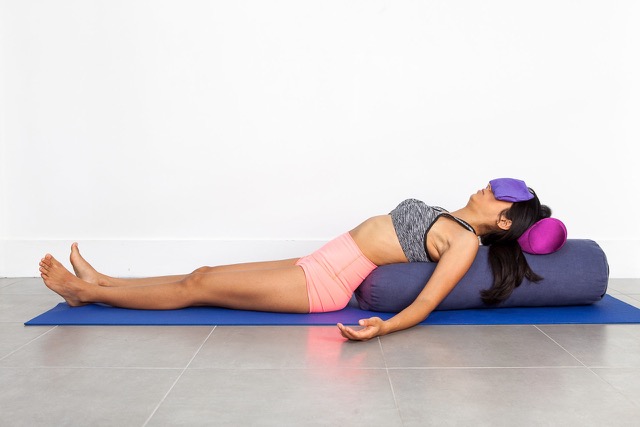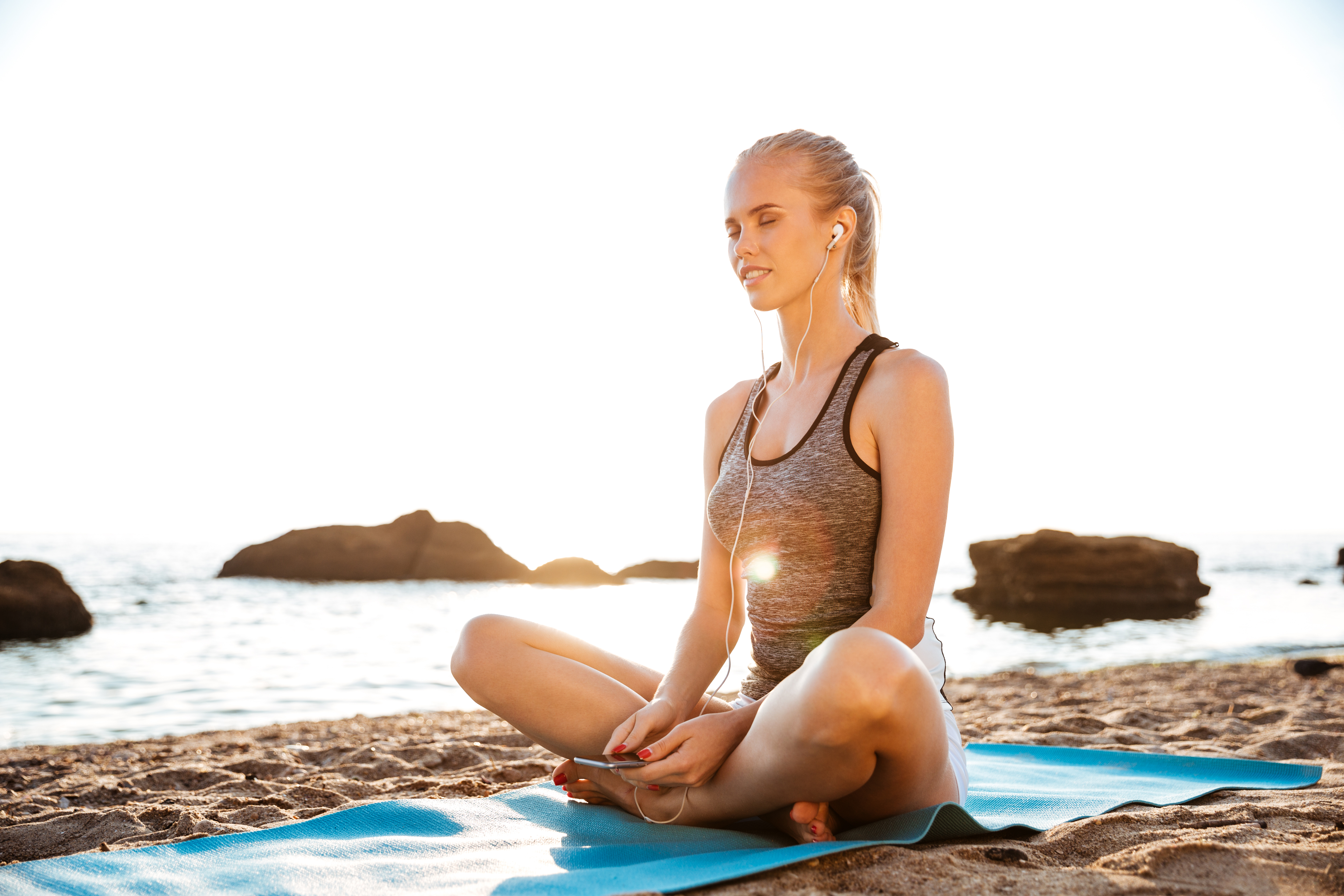
How many times have you looked at a yoga class and wondered about the flexibility and ease with which those taking part move gracefully from posture to posture, rhythmically shape shifting into seemingly impossible stances and gracefully withdrawing from the stresses and strains of the outside world? For many this can be an off-putting aspect to yoga practice. When you’re unable to touch your own toes how can a basic downward dog be within reach? But yoga isn’t about the person practising next to you. It’s not about standing on your head but it is all about learning how to stand on your own two feet and understand we are all at different stages on our journey. Whilst the asanas are a large part of yoga practice, this is only one element. Yoga and the mind, truly intertwine – one without the other is not a true yoga practice.
The mind/body connection in yoga is perhaps the most important aspect. Dealing with stress is a natural part of life. Yoga gives an opportunity to switch off from stress and return to your inner being. Yoga is time set aside spent focusing on relaxation, inner peace and a calmer mindset. Yoga is about meditation. It’s about sitting still and being grounded. The mind and body work in harmony concentrating on deep breathing whilst practicing a variety of poses. It may take a while. It may take years to achieve a degree of mindfulness but that is all a part of the journey. Challenging yet beautiful. The benefits will accumulate naturally. Better breathing, stress-free sleep, reduced blood pressure, the ability to handle stressful situations, stronger immune system, and……..increased flexibility over time. We are all born as flexible creatures and the body and mind simply need to relearn over time. When you allow your mind and body to work together the ability to open up to deeper feelings becomes apparent. Quite often the body knows more than the mind so when we
say listen to your body we really need to read its message and zone in on the insights and often gentle warnings. Yoga facilitates this in many ways. Tap into the energy of mind and body working together. Visualisation is key. Living in the present tense and trying to just acknowledge your place in space and time becomes a key part of your yoga practice.
BKS Iyengar is one of the foremost yogis and considered one of the most important teachers of yoga in the world, included an hour of pranayama (breathing) into his yoga practice each day.
“Yoga is like music. The rhythm of the body, the melody of the mind, and the harmony of the soul create the symphony of life” – BKS Iyengar
With all that is going on in the world, we need a place or activity where refuge and trust can
flourish. The very fact that you’re giving yoga time and attention proves that you’re ready for enhanced spirituality as well as physical benefits. With yoga, however you practice, whichever discipline you select or whichever discipline selects you it’s likely that the learning process and journey for mind and body will bring out the best in you.








